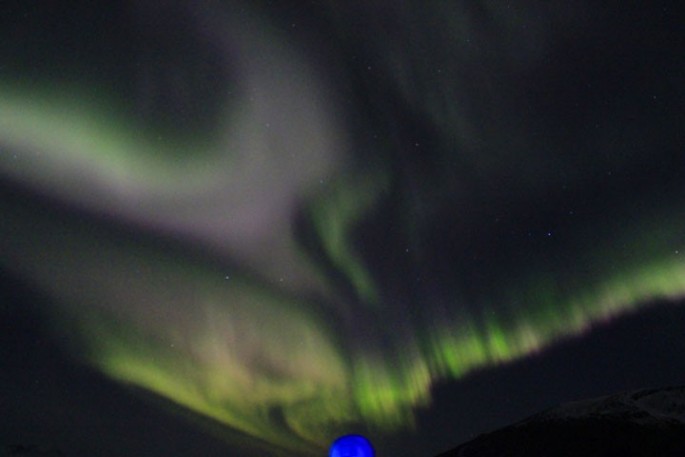During the first week of November, the early morning skies will reveal a trio of planets as Venus, Jupiter and Mars move closely together behind the constellations of Leo and Virgo where the Leonid meteors will shower the heavens by the end of the month.
Around 1 A.M. local time, gas giant Jupiter will ascend in the eastern skies around the constellation Leo where it will be more prominent around 2:15 A.M. behind the lion. The colossal planet will be seen at a -1.8 magnitude and becomes brighter at a -1.9 magnitude towards the middle of the month.
Venus may seem to move further away from Jupiter ever since its last October meeting, where it will approach the Red Planet in November. Just before dawn, Mars will arrive and rise with a reddish tinge where it will dance between the eastern sky along with Venus on November 2. The two planets will form a conjunction on November 3, confirms the U.S. Naval Observatory.
Venus and Mars will rise around 2:45 A.M. at their closest, which is less that a degree apart as Mars will shine with a 1.7 magnitude, somewhat dim in urban settings where Venus will shine quite bright with a -4.5 magnitude.
When dawn is too early for some stargazers, after sunset, low in the western skies, Saturn will set at around 6:30 P.M. which will be fairly bright at a 0 magnitude. In the middle of November, Saturn will fall below the horizon by the west around 5:40 P.M. where it will be hidden from the sun's glare until the end of the month.
Last but not least, the Leonid meteors can also produce a bright shimmering shower in the night skies where it will peak around November 17 to 18, according to the International Meteor Organization. However, this year, expect a normal meteor event of some 20 shooting stars every hour.
After midnight on November 18, when skies are clear, a handful of shooting stars can be spotted. Meteors originally come from dust and debris from a comet tail, as Earth passes through the trajectory of many comet trails. These cosmic bits and dust fall and burn up in the atmosphere where the remains end up as shooting stars.




























